Table of content
Mastering the Art of Crafting Irresistible Scallion Pancakes: A Comprehensive Guide to Perfecting This Savory Delight*
Scallion pancakes, known as cong you bing* in Chinese cuisine, are a beloved street food and home-cooked staple that marry simplicity with explosive flavor. These golden, crispy-on-the-outside, flaky-on-the-inside pancakes are a testament to the magic of minimal ingredients transformed through technique. While their humble appearance might suggest ease, achieving the ideal balance of texture, aroma, and taste requires precision, patience, and a deep understanding of the culinary alchemy at play. This guide will demystify the process, offering step-by-step instructions, expert tips, and creative variations to elevate your scallion pancake game.
Before diving into the recipe, it’s essential to grasp the components that define a great scallion pancake. The interplay between the dough, the scallion filling, and the cooking method creates a symphony of contrasts—crispy edges, tender layers, and the pungent kick of fresh scallions.
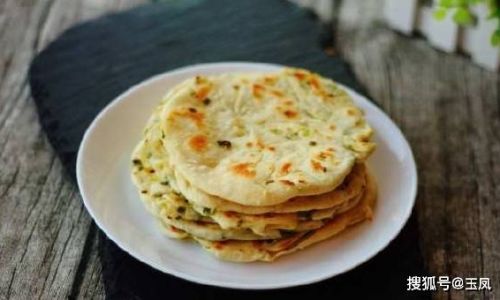
- The Dough: A soft, elastic dough is the canvas for this dish. It should be pliable enough to roll thinly yet sturdy enough to hold layers. The ratio of flour to water, along with resting time, determines its workability.
- The Scallions: Fresh, vibrant green onions are non-negotiable. Their mild, grassy flavor mellows when cooked, leaving a subtle sweetness that complements the dough’s neutrality.
- The Fat: Oil (neutral or toasted sesame) serves two purposes: it creates flaky layers and ensures a golden crust. The way oil is incorporated—brushed, smeared, or layered—impacts the final texture.
- The Heat: High heat sears the exterior, locking in moisture, while moderate cooking ensures the interior cooks through without burning.
Ingredients: Quality Matters
- All-Purpose Flour (500g): Opt for a brand with moderate protein content (10-12%). Bread flour may yield a chewier texture, while cake flour could result in a delicate crumb.
- Water (300ml, lukewarm): Warm water (around 40°C/104°F) activates gluten development without overheating the dough.
- Salt (1 tsp): Enhances flavor and tightens gluten strands.
- Fresh Scallions (1 bunch, thinly sliced): Use both the white and green parts; pat dry to prevent sogginess.
- Neutral Oil (1/4 cup): Vegetable, canola, or peanut oil works best. For depth, substitute 1 tbsp with toasted sesame oil.
- Optional Additions:
- Aromatics: Minced ginger, garlic, or chili flakes.
- Spices: Five-spice powder, white pepper, or Sichuan peppercorn.
- Fillings: Shredded cheese, diced bacon, or rehydrated mushrooms.
Step-by-Step Preparation
Making the Dough
- Mixing: In a large bowl, combine flour and salt. Gradually add water, stirring with chopsticks until shaggy clumps form.
- Kneading: Transfer to a lightly floured surface and knead for 8–10 minutes. The dough should be smooth, supple, and slightly tacky (not sticky). Avoid over-flouring, as this toughens the texture.
- Resting: Cover with a damp cloth and let rest for 30–60 minutes. This relaxes gluten, making the dough easier to roll and preventing shrinkage during cooking.
Preparing the Scallion Filling
- Seasoning the Scallions: Toss sliced scallions with 1 tbsp oil and a pinch of salt. This prevents them from burning during cooking.
- Flavor Boosters: For an umami kick, mix 1 tsp soy sauce or oyster sauce into the scallion mixture.
Rolling and Layering
This step is pivotal for achieving the signature flakiness.
- Divide the Dough: Cut into 4–6 equal portions. Keep unused portions covered to prevent drying.
- Rolling: On a lightly floured surface, roll one portion into a thin circle (≈20cm/8in diameter). The thinner the dough, the more layers you’ll achieve.
- Oiling: Brush the surface with a thin layer of oil. For extra crispiness, use a 50:50 blend of oil and melted butter.
- Layering Technique:
- Classic Method: Sprinkle scallions evenly. Roll the dough into a tight log, then coil it like a snail shell. Tuck the end underneath and flatten gently.
- Lattice Method: Cut the rolled dough into strips, stack them, and twist before flattening. This creates dramatic layers.
- Resting Again: Let the coiled dough rest for 10 minutes. This ensures even cooking and prevents shrinkage.
Cooking to Perfection
- Pan-Frying (Preferred Method):
- Heat 2–3 tbsp oil in a non-stick or cast-iron skillet over medium heat.
- Gently place the pancake and cook for 3–4 minutes per side until golden brown. Press lightly with a spatula to encourage crisping.
- For extra crunch, increase heat briefly at the end.
- Baking (Healthier Alternative):
Preheat oven to 220°C (425°F). Brush pancakes with oil and bake on a parchment-lined tray for 15–20 minutes, flipping halfway.
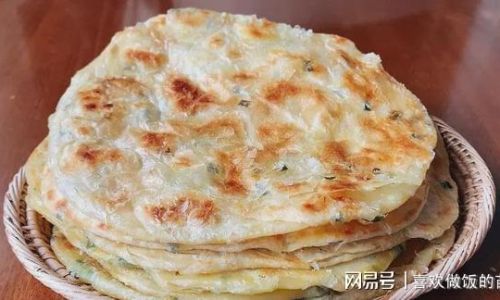
Expert Tips for Flawless Results
- Dough Consistency: If the dough feels stiff after resting, knead briefly with a damp hand. If sticky, dust lightly with flour.
- Temperature Control: Cold dough resists rolling; let it warm slightly at room temperature.
- Layering Secret: The more times you fold or roll the dough, the flakier the result. Aim for 8–12 layers.
- Scallion Placement: Avoid overcrowding the center, as this leads to uneven cooking.
- Crispy Edges: For lacy, crispy edges, drag the pancake slightly in the hot oil before flipping.
Troubleshooting Common Issues
- Tough Pancakes: Overkneading or insufficient resting time. Let the dough relax longer.
- Soggy Layers: Excess moisture from scallions. Pat them dry or reduce the amount used.
- Uneven Cooking: Thick pancakes require lower heat and longer cooking. Use a lid to trap steam initially.
- Burnt Exterior: Oil too hot. Reduce heat and cook slower.
Creative Variations
- Spicy Scallion Pancakes: Add 1 tsp gochugaru (Korean chili flakes) to the scallion mixture.
- Cheese-Stuffed: Layer shredded cheddar or mozzarella before rolling.
- Seafood Twist: Mix 50g dried shrimp (soaked and minced) into the scallions.
- Vegan Version: Use coconut oil and nutritional yeast for a cheesy flavor.
Serving Suggestions
- Dipping Sauces:
- Classic: Soy sauce, vinegar, and chili oil.
- Creamy: Mayonnaise mixed with Sriracha and lime.
- Herbaceous: Yogurt with dill, garlic, and lemon.
- Pairings:
- Congee (rice porridge) for breakfast.
- Hot and sour soup for a contrasting meal.
- Pickled vegetables to cut through richness.
The Cultural Significance
Scallion pancakes trace their roots to northern China, where they were a staple for travelers and laborers due to their portability and long shelf life. Today, they’re a global favorite, adapting to local palates—from Korean pajeon (with seafood) to Indian paratha (stuffed with spices). Their endurance lies in their versatility: a snack, a meal, or a canvas for culinary experimentation.
Conclusion: The Joy of Iteration
Mastering scallion pancakes is a journey of trial and error. Each batch teaches you about dough hydration, heat management, and flavor balance. Don’t fear imperfections—a slightly uneven layer or a charred edge can lead to breakthroughs. Share your creations with friends, pair them with unexpected accompaniments, and savor the satisfaction of turning simple ingredients into a dish that sparks joy.
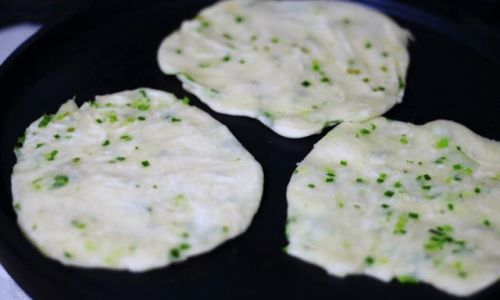
In the end, the best scallion pancake is the one you’ve honed to your taste. Whether you prefer them paper-thin and shatteringly crisp or thick-cut with chewy interiors, the principles remain the same: respect the dough, celebrate the scallions, and let the sizzle of the pan guide your way. Happy cooking!
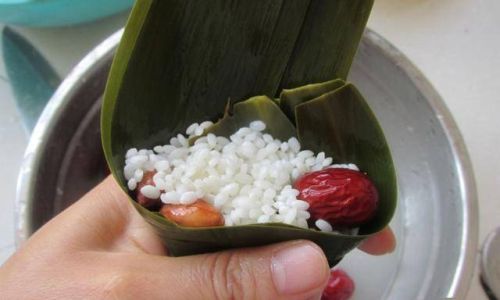
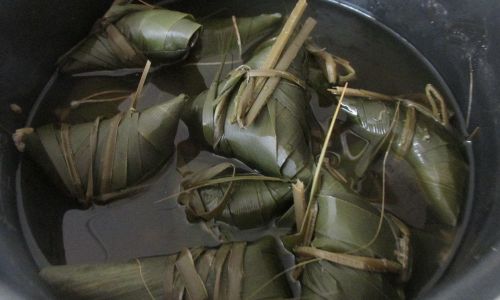
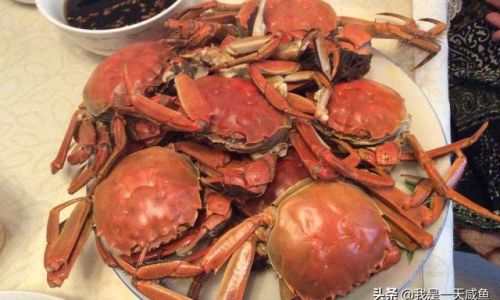
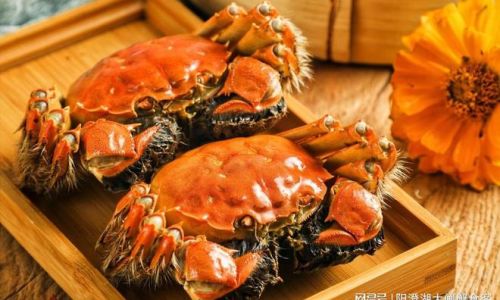
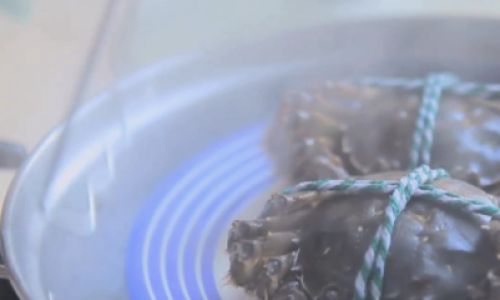
0 comments